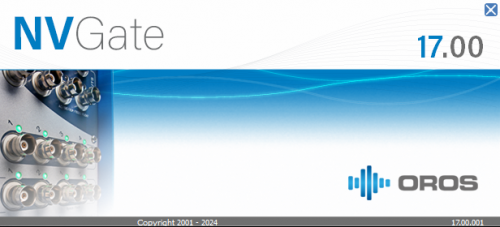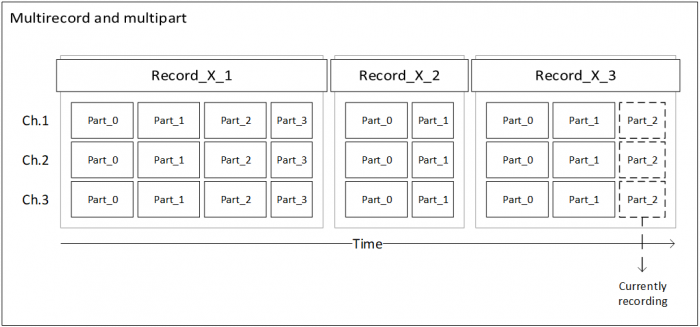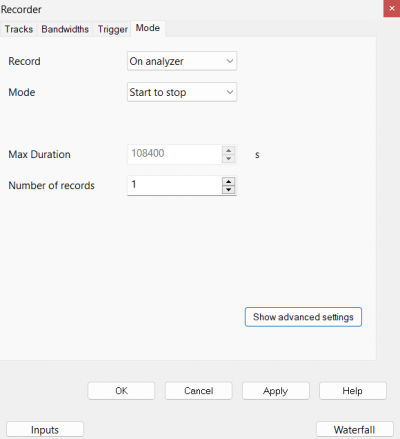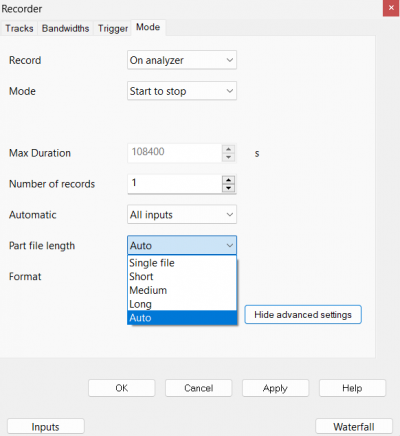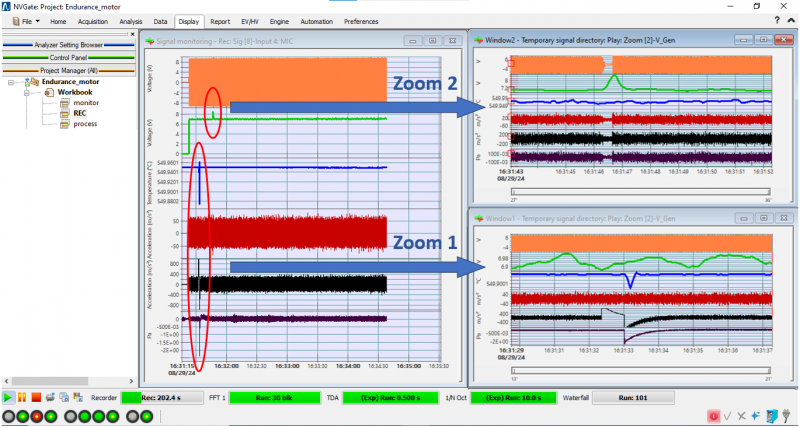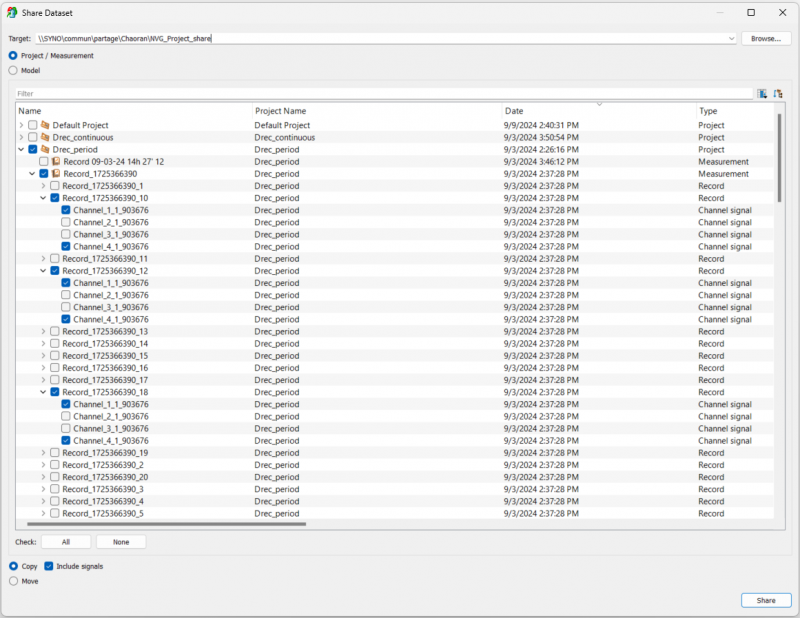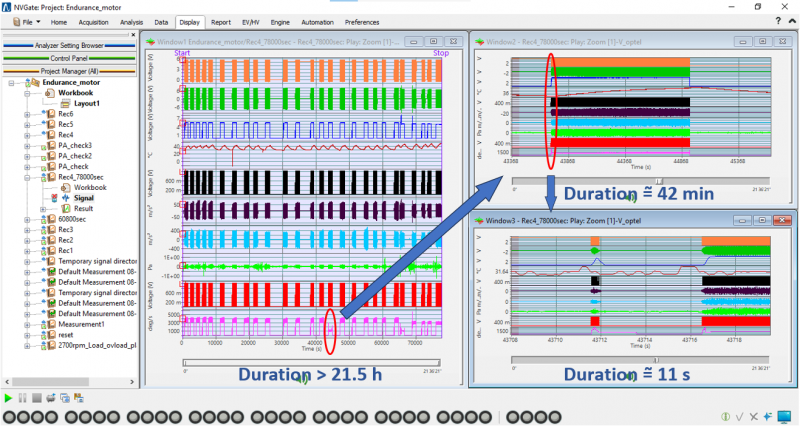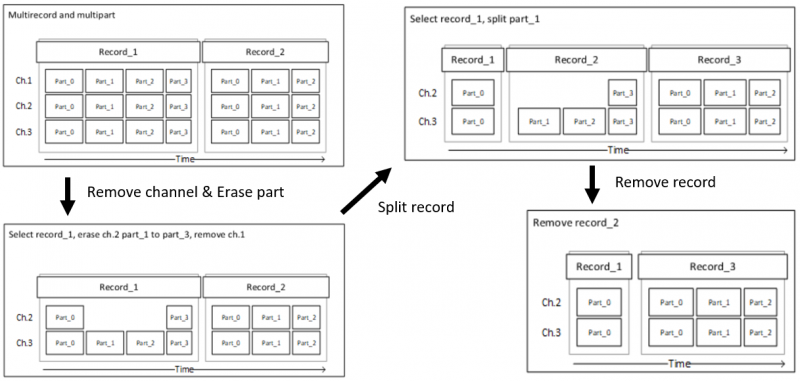Difference between revisions of "NVGate V17: Release note"
| Line 88: | Line 88: | ||
==== Segment & Edit ==== | ==== Segment & Edit ==== | ||
Signals are saved in manageable parts, enabling focused analysis and efficient data management. This structure offers enhanced control and flexibility when handling complex datasets, with the added benefit of conserving disk space by erasing unnecessary segments. For example, using the toolkit which is included for free in NVGate V17, you can easily perform various time signal manipulations such as removing channels, erasing segments, splitting records, or deleting entire records. | |||
[[File:segment_edit.png|800px]] | |||
== OROS Framework: Free of Charge, Unleash Customization, Unlock Limitless Potential == | == OROS Framework: Free of Charge, Unleash Customization, Unlock Limitless Potential == | ||
Revision as of 09:03, 10 September 2024
OROS strives to be closer to its users, carefully listening to needs and requests. For that reason, OROS regularly releases new versions. Customers under contract automatically benefit from each release.
This new major version of NVGate unlocks the full potential of OROS Framework, empowering you with advanced customization options and complete control over your data – keeping you ahead with cutting-edge tools for efficient and tailored signal management at no additional cost.
This release note describes the content of the version, with operating details.
To download and install NVGate V17, check this page.
Compatibility: NVGate V17 is compatible with the following OROS instruments: O4 - OR10 - OR35 TW - OR36 TW - OR38 TW.
New Data Structure: Redefining Flexibility for Modern Signal Management
Time signals are now stored using a brand-new structure that optimizes both signal processing and data management.
Multiple Parts and Recorder Configuration
Users have the flexibility to configure each time signal to include multiple records, with each record further divided into parts of customizable lengths.
By default, the recorder is configured with a single record and the part length set to 'Auto' as below:
The duration of a part can be configured in the advanced settings as below:
- Single file: Only 1 part per signal.
- Short: Part length is set to 64 seconds.
- Medium: Part length is set to 640 seconds.
- Long: Part length is set to 1920 seconds.
- Auto: The part length depends on the recording mode:
- "Start to stop" mode: Part length is set to 640 seconds.
- "Start to time" mode:
- If duration is longer than 100 hours, then part length is set to 1920 seconds;
- If duration is between 10 and 100 hours, then part length is set to 640 seconds;
- If duration is between 5 and 10 hours, then part length is set to 128 seconds;
- If duration is less than 5 hours, then part length is set to 64 seconds.
- "Time to stop" mode: For duration of 1024 seconds or longer, the part length is set to 64 seconds. For shorter duration, the first power of 2 greater than duration/16 is selected. A minimum part length is enforced when the total record bandwidth is high. When the combined bandwidth of all recorded inputs exceeds 256 kHz, 512 kHz, or 1024 kHz, the minimum part length is set to 8, 16, or 32 seconds, respectively.
Key New Features introduced by the New Data Structure
Real-Time Zoom
Drag and drop the section of the signal you're interested in while recording, and the selected part will be instantly zoomed in. You can zoom in on multiple sections simultaneously in different windows, enhancing your real-time analysis and visualization capabilities.
Concurrent Analysis
Included for free in NVGate V17, NVDrive and Toolkit allow you to read time signals in real-time, even during recording. This powerful capability enables post-analysis of time signals while recording continues, significantly accelerating your decision-making process—all at no additional cost.
Selective Sharing
Share or collate specific input channels and/or records selectively to enhance team collaboration and streamline data exchange. This feature is particularly valuable for teams handling complex and large datasets, allowing for more targeted and efficient teamwork.
Large Signal Handling
Extensive signals are managed effortlessly, with hours of data displayed instantly and without lag. Simply drag and drop the section you're interested in, and zoom into segments as short as a few seconds, even within massive datasets. This allows for detailed analysis without any performance issues. For example, the time signal shown below spans over 21 hours, with a size exceeding 60GB—and you can instantly investigate any part of the signal down to just a few seconds.
Segment & Edit
Signals are saved in manageable parts, enabling focused analysis and efficient data management. This structure offers enhanced control and flexibility when handling complex datasets, with the added benefit of conserving disk space by erasing unnecessary segments. For example, using the toolkit which is included for free in NVGate V17, you can easily perform various time signal manipulations such as removing channels, erasing segments, splitting records, or deleting entire records.
